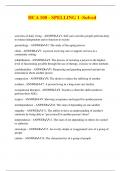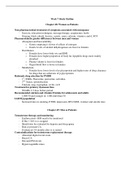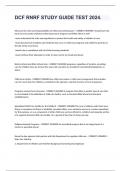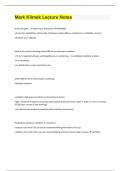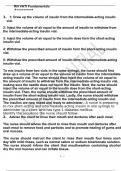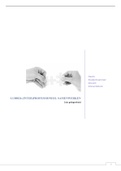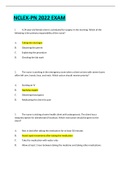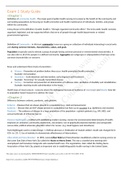Summary
Summary BNF Chapter 11 Notes - Eyes
- Module
- GPhC Foundation Training
- Institution
- GPhC Foundation Training
A very concise set of notes covering the important aspects of ocular drugs & diseases required to pass the GPhC exam. Topics include: - Preservatives - Contact Lenses - Conjunctivitis - Ocular anti-inflammatories - Ocular Mydriatics - Glaucoma
[Show more]




